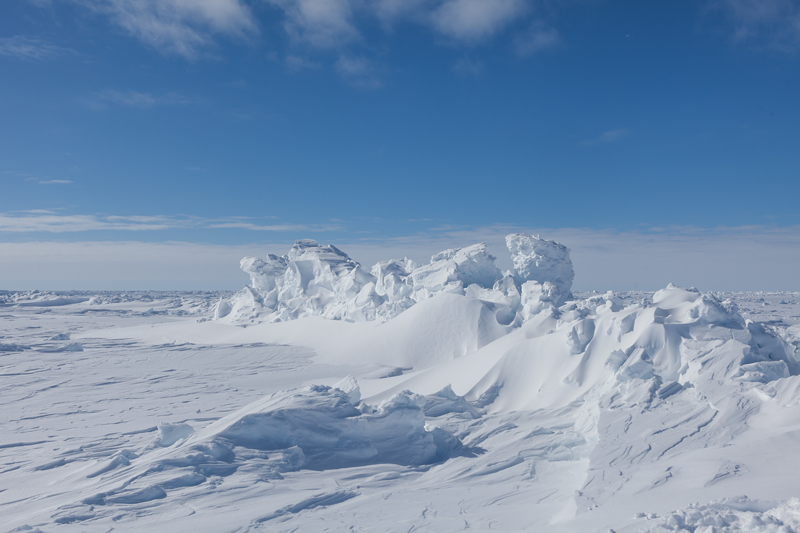Polar regions have a substantial influence on global climate and are the fastest warming areas worldwide. To understand what extent anthropogenic environmental changes will impact the marine ecosystem in these regions, we study the performance and adaptation capability of key polar pelagic species, such as krill, calanoid copepods and salps, which all have a strong impact on ecosystem functioning.
The polar regions are characterized by extreme seasonal changes in environmental factors such as day length, light intensity, sea ice extent and food availability and the inhabitants have evolved endogenous rhythmic physiological and behavioral functions which are synchronized with these cyclic changes. However, the biological mechanisms of these rhythms are poorly understood but of paramount importance to understanding the adaptive capacity of these key species to present and future environmental changes.
The daily 24-hour rhythm of light and darkness and the annual 12-month rhythm of changing day length (photoperiod) constitute the two major, highly predictable rhythms of the biosphere. Biological clocks are ubiquitous, ancient and adaptive mechanisms that enable organisms to anticipate these environmental rhythms and to regulate behavioral and physiological processes accordingly. Particularly, the internal circadian clock allows organisms to track daily changes in their environment. Further, this clock mechanism, alone or in concert with a circannual clock, enables organisms to anticipate and prepare in advance for seasonal changes in their environment.
However, as biological clocks primarily rely on the synchronization to light (light/dark cycles or changes in photoperiod), caused by invariant geophysical cycles, the ongoing environmental alterations might desynchronize previously matched interactions between the endogenous seasonal rhythms of key species (e.g. metabolic regulation, sexual maturation, and lipid accumulation) and their environment (e.g. seasonal sea ice dynamic, food availability) which have evolved over millions of years.
Biological timings are not yet incorporated into predictive models but are crucial to understanding population shifts of key species and, due to their central position in the food web, ecosystem response(s) according to different IPCC climate change scenarios.
The PolarTime webpage acts as platform to present these research activities and encourages new generations of scientist to work in this interesting field of marine molecular chronobiology.
